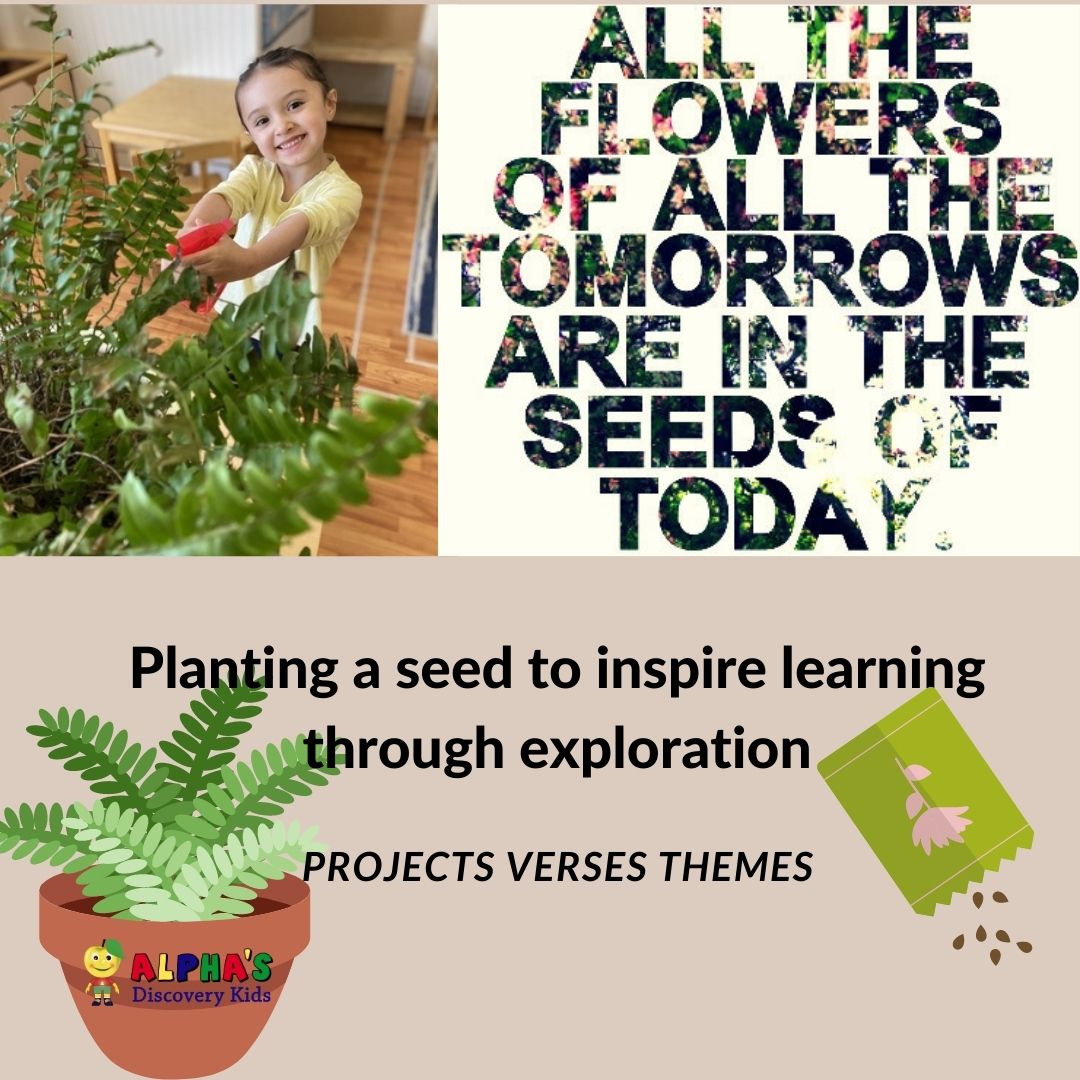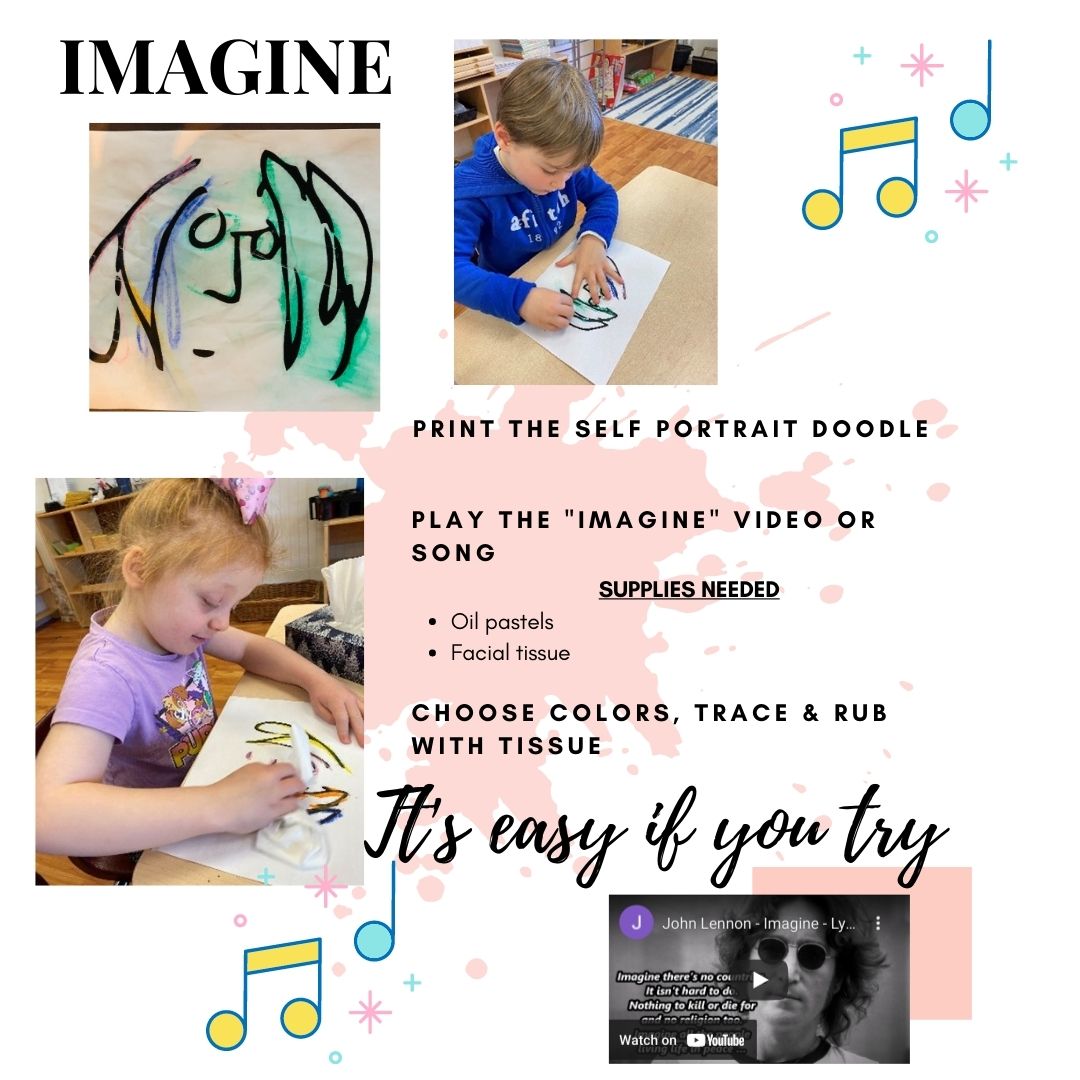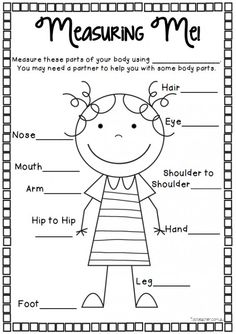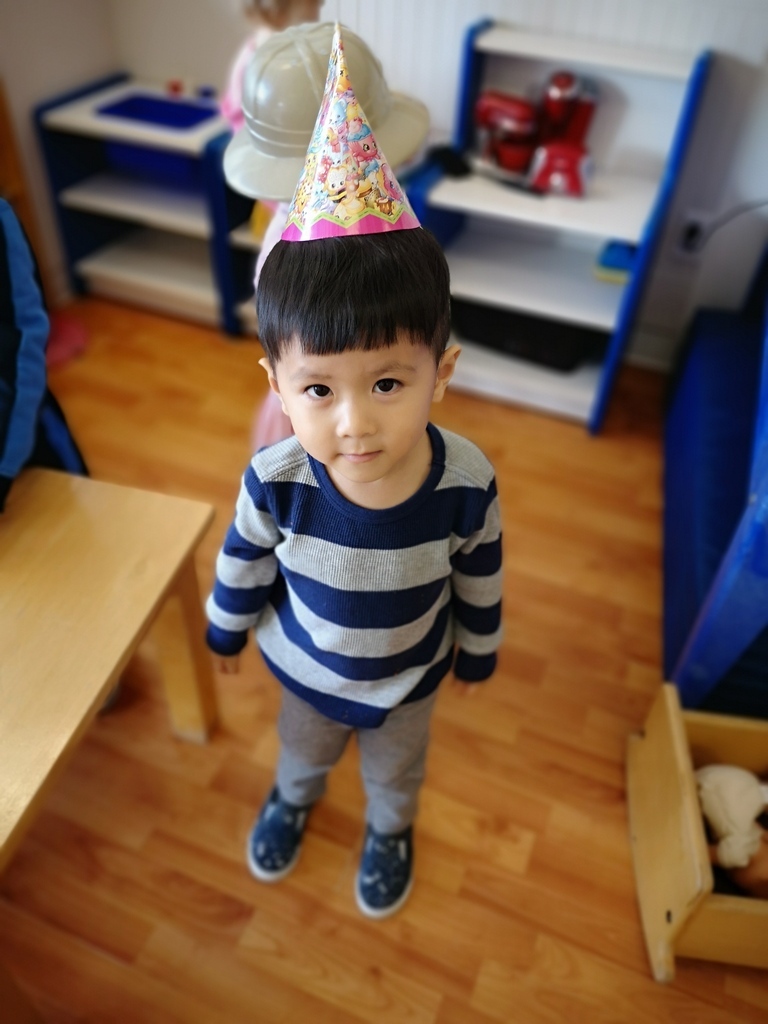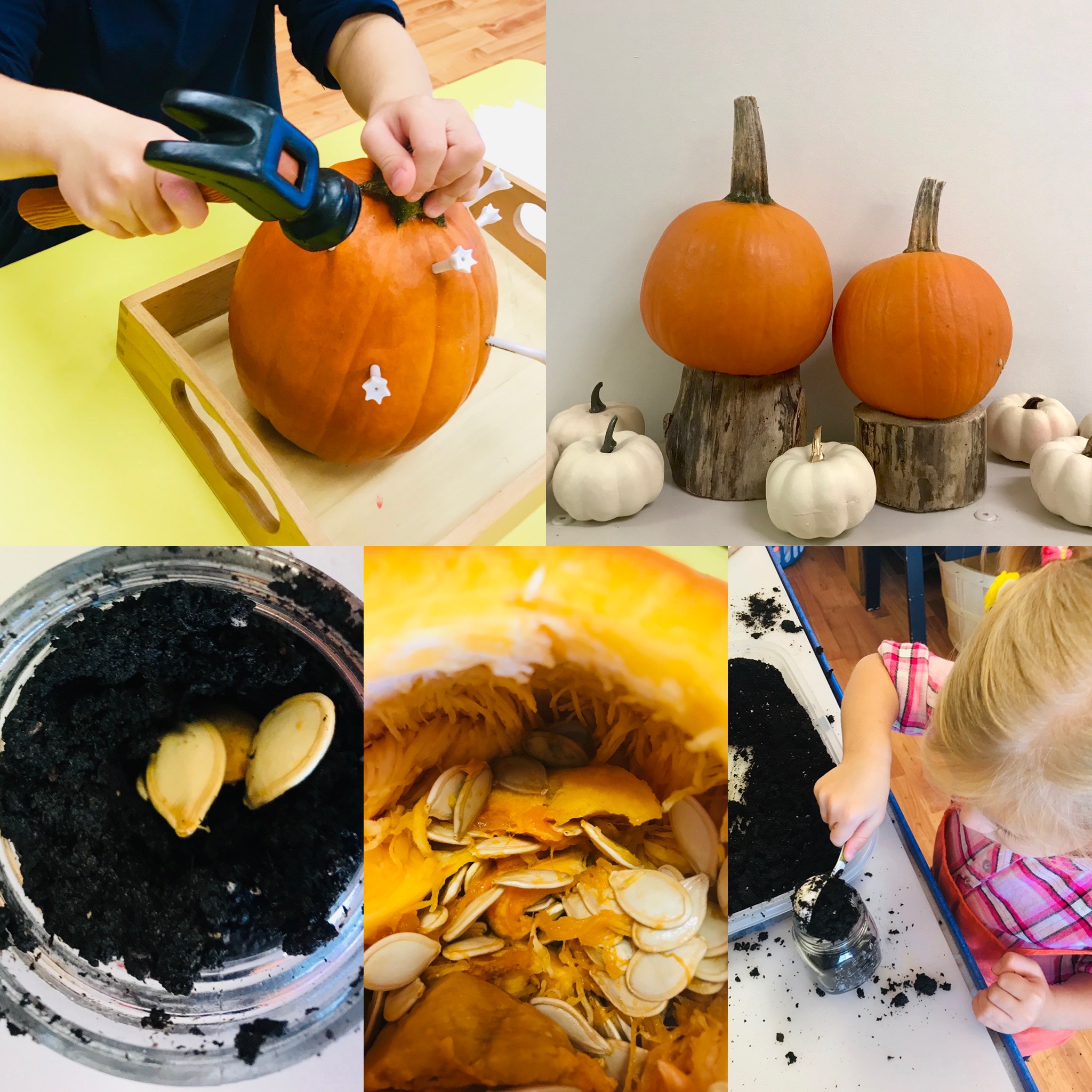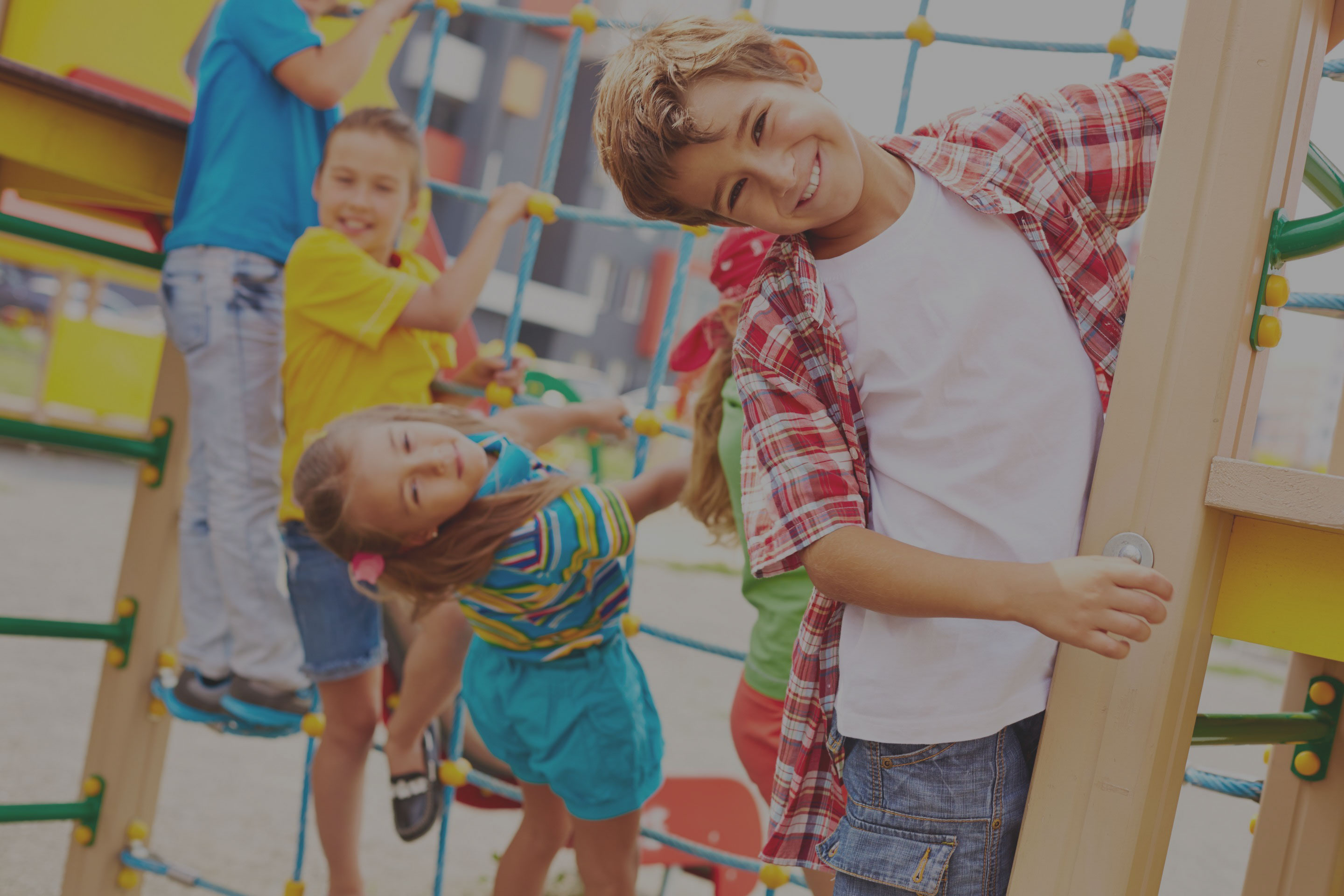Lockdown Staycation Ideas – Indoor Camping!
Lockdown Staycation Ideas
5 Easy Steps to a low cost and low mess indoor camping experience
Thinking up ideas for a staycation is more challenging then ever with lockdown and stay at home orders in place. Planning ahead can be difficult with the uncertainties of the pandemic. We all look forward to long weekends. In Canada, May 24th is a holiday in honour of Queen Victoria’s birthday and is considered the first long weekend to kick off the summer season. For many Canadians, it means the beginning of camping season, gardening and local festivals, concerts, outdoor markets and picnics. While we can still enjoy some of these outdoor activities, the options are limited by the restrictions of the pandemic. Here’s a staycation idea that actually works really well during a pandemic.
Have you every tried camping in your own home?
Chances are that there is more then one of you out there thinking that even camping in your backyard sounds like a task you are simply not up for.
What if I told you that you are not the only one? It doesn’t have to be difficult. And it can be a lot of fun for both you and your kids!
What if I told you can now camp with the kids, with no packing, no driving, no paying for campsite rental, no bugs, no questionable bathrooms, and you can sleep in your own bed?
This is an opportunity to glam it up with your own style and it will certainly be a post-worthy experience to share – Don’t forget to tag us.
Here’s 5 Easy Steps to create that perfect at-home indoor camping experience!
- FORT – Set it up!

No camping experience is complete without a tent. Depending on the age of your children, you can choose to make this an all-hands-on deck project with the children helping set up your camp site or you can make it a surprise. This can be your child’s bedroom, basement or living room area. Notice I am not mentioning outside 😉!
Make it -check out these links for tents you can create with minimal supplies or talent.
https://www.artbarblog.com/easy-forts/
http://www.thriftyandchic.com/2016/01/diy-4-sided-drop-cloth-teepee-for-20.html
Add mini lights & decorations for a pitch-er perfect tent!
2. FOILAGE
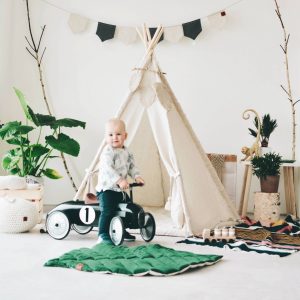
Bring the outdoors in! This is really just an extra little thing you can do to bring the outdoors in and enhance the camping experience.
You can gather Outdoor items, stones, logs, branches, indoor or outdoor plants to place around the “campsite” or even setup an artificial tree.
3. FIRE-Spark it up
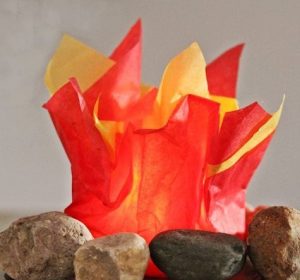
One of the best parts of camping is the bonfire! A bonfire is the perfect place to gather round and sing a campfire song, or tell funny stories. It’s also a great place to read books.
Make it- click on this link for an easy way to build a crafty campfire.
http://aboutfamilycrafts.com/how-to-build-a-campfire/
4. Food- Feed the fam!
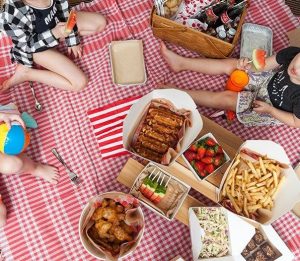
If you don’t have a fireplace to roast marshmallows the next best thing to the campfire is a BBQ. Grill some hamburgers, hot dogs, corn or make simple PB&J sandwiches. You can even roast marshmallows by holding a stick above the heat of the BBQ grill.
Whatever you decide to do – Keep it simple!
Here are 3 S’more options to enhance your camping staycation
Make it-Microwave Smores- https://shelfcooking.com/smores-recipe/
Smore snack bag- https://ziploc.com/en/Recipes/Sweets-And-Desserts/S-Mores-Mix
Make sure you take a nice walk after those sugary smores and tire out those kiddo’s so everyone gets a good night sleep including Mom & Dad!
5. FUN!

Last but not least, Have Fun!!!
Hopefully by now the kids are tuckered out and ready to retire to their sleeping bags. Before they do, make it dark, turn on those string lights, lamps and flashlights and play with the shadows. Add in some soothing nature sounds and soothing music too!
You can even make your own stars on the ceiling with a flashlight! Just cover the flashlight with black paper and cut out the stars.

More ideas to add to your indoor camping experience:
Read some camp related stories
https://www.pre-kpages.com/books-camping-preschool/
Shadow puppets
https://whereimaginationgrows.com/exploring-light-with-shadow-puppet-play/
Starry sky flashlight
https://happyhourprojects.com/make-a-starry-night/
To learn more about Alpha’s Discovery Kids Programs, click here!
Planting a seed to inspire learning
Planting a seed to inspire learning
Planting a seed is the simple act of setting a process into motion – both in a garden and in a classroom. As educators in the classrooms, we are always planting seeds to spark children’s curiosity, inquiry and discovery. With an emergent curriculum such as ours at Alpha’s Discovery Kids, students are empowered learners, and the teacher takes the journey along with her class.
In many cases, children spend a great deal of time in a childcare setting with limited experiences in the world, especially during a pandemic. Planning based on the children’s interests is not effective all on its own. That is why we introduce projects to expand on the child’s learning. As educators of young children, it is our responsibility to empower children and to make them a big part of their own learning. It is important to understand that it does not necessarily matter where the topic originates from, if the direction it takes from inception follows the lead of the children.
One of the ways we do this is by providing and introducing rich, developmentally appropriate materials and new topics and concepts that the children may not be exposed to yet. By providing engaging materials that encourage exploration and creativity, we can provide opportunities that are open¬-ended and through these experiences provoke further interests. The materials can be purposeful, intentional and project based without becoming teacher directed.
We are continually plantings seeds in the minds of the children to inspire curiosity with the goal of teaching the children something new. Our educators have gained confidence in knowing it will take form without direction. A seed cannot stay a seed forever once planted. When cared for with nourishing soil, rays of sunlight, and water, they change shape and start to become whatever it is they were meant to be. We apply similar parallels to our approach to child development and learning. Like all things that grow, plants, trees, flowers, we want them to flourish!
To find out more about our Four Pillars of Learning curriculum, click here.
Follow us on Facebook or Instagram to see the curriculum in action. We offer many ideas that you can also try at home!
Imagination – Exercise your Creative Muscle
Imagination – Exercise your Creative Muscle
Imagination is so important – especially during this pandemic – given the many thing we can’t do and would like to do! At Alpha’s Discovery Kids Preschool and Daycare, we foster children’s’ natural curiosity and imagination.
Recently, we did an art/music activity which encouraged children to imagine. We played child-friendly Beatles music and of course the John Lennon song” Imagine”. The children were given oil pastels to trace the outline of the iconic John Lennon scribble face. This was a free and open process but also was a great fine motor activity as the children followed the lines of the original piece. Then, they used dry tissue to rub the paper and blend the colors. The effect was so simple and so beautiful!
One of our curious students asked about the singer John Lennon. The teacher explained that he was an artist who made music and tried to help people to see the world in a beautiful way. He sang about equality, kindness, and a world where there was peace and harmony. We talked about imagining the world to be a better place. We used this as an opportunity to reframe the pandemic through our imaginations. While some of us are simply counting the days until the pandemic to be over, others have chosen to try to imagine and dream of all the things they will do when the pandemic is finally behind us. It’s about using our imagination to look at the world in a positive way – even during a pandemic.
Children are used to looking at things for what they can be, instead of what they are at face value. A cardboard box can be a rocket ship, or a robot costume. We can learn a lot from how children think. As adults, when we experience criticism and feedback, we become less open to playful and creative thinking. And, in turn, we lose our creative freedom. Creativity is a skill you can learn. It is a muscle. The more you use it, the stronger it gets. This pandemic is the perfect opportunity to use that creative muscle and just imagine! It is often in times of constraints, that we become the most creative!
Try this activity with your child and have some fun!.
#1 Think of 2 things you did to survive during the Pandemic with the restrictions in place.
#2 IMAGINE what you will do when restrictions are lifted. There are no limits!
Click on our curriculum page to see more about how we foster curiosity and creativity through our Four Pillars of Learning.
M is for Math
M is for Math
At Alpha’s Discovery Kids we understand the importance of educating children using a wholistic approach. Math is a key component of our STEAM (Science, Technology, Engineering, Art and Math) program which is the second pillar in the Four Pillars of Learning curriculum.
Math plays a major role in a child’s development and helps children makes sense of the world around them. Children between the age of one to five years old are beginning to explore patterns and shapes, compare sizes and count objects.
Building numeracy skills is one of the first things you will do with your child. Many children learn to count from 1-10 by the age of 3 years old. There are so many opportunities to count with children daily. You can count the cars on the road or the plates at the table or blocks in a tower. The key is to incorporate counting with everyday objects in a hands-on way so that it makes sense to a child and they can visually see the objects being counted. Once they have the concept down, you can start to introduce the actual written numbers so they can associate the concept with the actual number.
Using number concepts and skills to explore their surroundings will enable them to problem solve in the future. It helps them to develop confidence in their ability to think things through and develop a process that makes sense to them.
Problem solving skills can be a difficult concept for many children. Supporting this process without doing it for them can support growth and development. It can assist with a sense of accomplishment. Helping children to create connections to discover various relationships. (e.g. characteristics, size, colour, shapes)
Measurements can include ordering and comparing objects to figure out time, weight, length and graphing. I love to use measurement to teach so many math concepts. Here’s a simple activity you can do with measurement. Take out a measuring tape and measure your hand and your child’s hand. Compare the size of your hand to your child’s and look at the number (size) of your hand vs. your child’s hand. This will help your child to understand bigger numbers and smaller numbers. You can also count the numbers of the measuring tape. You can continue this activity with your feet and other body parts as well as your whole self. It’s a great way to teach numeracy and comparisons of numbers.
Classification can be turned into a fun game that allows children to make like items. You can provide them with a blue, red and black basket. Then lay out multiple objects in the same colours. Ask the children to sort them into their proper baskets by matching the colours.
When you stop and think about it, math is used in many every day tasks performed by young children. Anything they do can be counted and documented.
As you can see, Math does not have to be difficult! It can be fun and easy! To find out more about our Four Pillars of Learning curriculum, click here.
Unique Way to Celebrate Birthdays
Unique Way to Celebrate Birthdays
Everyone wants to be remembered and cherished on the special day that they were born and young children are no exception.
The Montessori “Celebration of Life” is a lovely way to celebrate a child’s birthday in a daycare or school setting. Children love to hear about the journey from their birth to the present day. They want to hear stories, look at photos, and remember wonderful memories. They want to know how cherished they are, and how our life and world is better because they were born into a family and now
belong to our class/ group or school. The Montessori “Celebration of Life” is a wonderful way to celebrate birthdays at school, whether or not
you follow the Montessori philosophy.
Here’s how it works. For the preparation, the parents of the birthday child are asked to bring in a picture for each year of the child’s life starting
with a newborn photo. For example, if the child is 3 years old, 4 pictures are required – Newborn, 1st year, 2nd year and 3rd year.
All the children make a large circle around the sun that has been placed on the floor. Around the sun are each month of the year from January to December. The teacher then begins to describe the birthday child’s journey as she holds up the first picture. The teacher discusses the milestones and accomplishments that have been achieved over each 12 months for the birthday child. They then sing the song below as they hold a globe and slowly circulate it around the sun and stopping once their hand returns to the current month.
This is repeated for each year the birthday child has been on earth. This process places value on the child’s accomplishments and achievements as they have developed since birth.
(to the tune of The Farmer in the Dell):
The earth goes around the sun,
The earth goes around the sun,
The earth goes around the sun,
It takes 1 year to go around,
Another year is done
Then to complete the celebration the following can be sung to the birthday child (to the tune of Happy Birthday):
We celebrate your birth,
And your place on the Earth,
May the sun, moon, and stars,
Bring you peace where you are!
For more information click here.
Exploring Pumpkin-theme Activities
Exploring Pumpkin-theme Activities using the 4 Pillars of Learning
Fall is the perfect time to engage students in learning experiences around pumpkins. Children are naturally curious about this interesting vegetable that is harvested at this time of year. They will see pumpkins at the grocery store, at the farm or in fall decorations and it’s a great opportunity to explore them with some fun activities. Let’s explore pumpkin-theme activities using the Four Pillars of Learning curriculum to create an amazing learning experience for young children.
Pillar 1 – Language and Literacy
Form letters with Pumpkin Seeds: Write your child’s name on a piece of paper with large printed letters to take up the whole sheet of paper. Have your child stick pumpkin seeds to each of the letters with glue. This visual activity helps the child to learn how to form the letters in a hands-on way. It also builds fine motor skills as they manipulate the pumpkin seeds to stick to the letters.
Pillar 2 – STEAM – Science
Planting Pumpkin Seeds: Cut a small pumpkin in half and have children scoop out the pumpkin seeds (using their hands or a spoon). This can get messy, so make sure you have some wipes handy when their hands are covered in pumpkin guts. Clean the seeds and have the children plant the seeds in a small jar filled with soil. Water the seeds, place in a sunny place by the window and watch what happens. You can use the leftover seeds and toast them in the oven for a tasty treat!
Pillar 2 – STEAM – Technology
It’s the Great Pumpkin Charlie Brown: One of my favourite stories to read in the Fall is “It’s the Great Pumpkin, Charlie Brown” which is also a 1966 American prime time animated television special based on the comic strip Peanuts by Charles M. Schulz. You can try to watch it on TV, read the book or even try to find it on Youtube. There is even an app with a game you can play based on this story.
Pillar 2 – STEAM – Engineering
Golf Tee Pumpkin Hammering: All you need for this activity is a small pumpkin, a hammer and some golf tees. The activity involves hammering the golf tees into the pumpkin. You can demonstrate how to use the hammer by doing a few and then giving the child the opportunity to try it. You can use hand-over-hand if you are worried about their ability to handle the hammer. You can also find small hammers at the dollar store for young children to use. It’s best to use a real hammer instead of a toy one. This is a great activity to empower children to work with a tool that they wouldn’t normally get to use.
Pillar 2 – Art
Pumpkin Stamping: Cut a mini pumpkin in half and remove the “guts” (Save the seeds for other activities). Use the half pumpkin shape as a stamp. You can dip it in paint or a stamp pad and then stamp on paper.
Pillar 2 – STEAM – Math
Pumpkin Math: There are so many ways to incorporate math with mini pumpkins. You can count them or sort them by colour or size. You can also measure different size pumpkins and compare the sizes. With the seeds, you can create 5 sheets of paper with the numbers 1-5 written on them. Have children count out seeds and place them on the paper corresponding to that number. For example, count two seeds and place them on the number 2.
Pillar 3 – Physical Activity
Pumpkin Toss: This activity reminds me of a fall fair where you would typically see a ball toss or ring toss game. Set up a basket or barrel at a short distance away. Get 4-5 mini pumpkins and make a game of tossing them in the basket.
Pillar 4 – Mindful Awareness
Pumpkin Breathing: This deep breathing activity uses a simple picture of a pumpkin, but you can use a real pumpkin, too. The small decorative gourds or pie pumpkins are perfect for this activity, because kids can hold the small pumpkin in their hands and feel the weight of the pumpkin as they complete the breathing strategy. Using a pumpkin picture or real pumpkin, show kids how to use deep breathing as a coping tool by taking calming breaths while they trace the lines of the pumpkin. Trace the lines up toward the stem while taking a deep breath in. Hold the breath for a few seconds and then trace a line down another section of the pumpkin while slowly breathing out. Hold that breath for a few seconds. Repeat this process as you slowly trace up and down the sections of the pumpkin.
These are just some of the pumpkin-theme activities we do at Alpha’s Discovery Kids Preschool and Daycare using our Four Pillars of Learning curriculum. Enjoy! Stay tuned to our next blog for more fun Halloween activity ideas.
The Written Word: Is writing a lost skill?
The Importance of the Written Word: Is writing a lost skill?
When was the last time you opened your mailbox to find a beautifully handwritten letter? Probably not in the last week, or even decade. Gone are the days when students had designated writing classes, in which they used workbooks with dotted lines to practise forming the perfect loops for Ls and Ys under the watchful eye of their teacher.
That might not be a good thing.
New research shows that dropping handwriting lessons from schools could negatively impact brain development in children.
In a digital age where we seem to only require keyboard and texting abilities, printing and cursive writing seem to have fallen by the wayside.
Many people might say, “So what’s wrong with that. Everybody types now anyway.”
Well, there is a report written in the New York Times that states that children not only learn to read more quickly when they learn to write by hand but they are also better able to generate ideas and retain information. Psychologists and neuroscientists have discovered a link between handwriting and broader educational development. They say it is far too soon to declare handwriting a relic of the past. New evidence suggests that the links between handwriting and broader educational development run deep. When we write, a unique neural circuit is automatically activated. It seems that this circuit is contributing in unique ways we did not realize.
It’s sparked much debate.
Some believe cursive writing is no longer a necessary skill and wastes valuable teaching time. There are others who believe it’s an essential part of childhood education and a needed skill as an adult.
The key problem is many teens and young adults in 2020 cannot sign their name…
You need to learn to crawl before you can walk !
At Alpha’s Discovery Kids, we believe that learning how to print and write is important. In fact, learning writing skills starts in our Toddler room with the Jolly Phonics program and progresses through our preschool and Kindergarten programs. In the Sr. Preschool-Kindergarten program we have introduced Progressive Printing cards as part of our curriculum.
While this topic has sparked debate, we have been sparking interest. We have incorporated some good old-fashioned printing practice into our emergent based program. We believe that the basic functional skills needed to write starts with a progressive approach to fine motor development and phonics.
Unlike those days when we were forced to sit and print or write letters repetitively, we have a different approach. We make it fun and instill a sense of pride and independence by giving the students the assistance they need to feel empowered to write words, starting with their own name.
We love to see the progression of the written word each day with all our children and build confidence in our students.
For more information about our program, visit our Curriculum page
Minimize First Day of Kindergarten Jitters
Minimize First Day of Kindergarten Jitters
Minimize First Day of Kindergarten Jitters – By Susie Beghin
Every September a new wave of children is introduced to the Kindergarten classroom. This transition from home or daycare to the elementary school system can be easy and seamless when you take the right steps. There are many things parent and the daycare professionals can do to help ease the transition.
Preparedness for Kindergarten is not about the knowledge your child has—whether they can read, or even if they know their letters or numbers—it’s about how much independence and confidence they have and how well socialized they are. These key skills play a role in how well they might adapt to the classroom. Helping your child develop these characteristics can be accomplished at home and daycare leading up to the first day of school. But how can parents and caregivers do this?
At Alpha’s Discovery Kids we provide our families with a readiness checklist, but parents can develop their own, based on their child’s needs and abilities. There is a consensus amongst experts of five key things you can do to prepare your child for this important life event.
1. Encourage Self-Care
• Teach self-help skills like dressing—learning zippers and buttons, shoes and boots, coats, mittens.
• Teach them how to put things into, and take them out of, a backpack, and how to use all types of lunch containers. Teach them to tidy up their things and keep track of their belongings.
• Ensure your child is capable when addressing their bathroom needs. In Kindergarten they will not get assistance, and this could result in a child being sent home.
2. Follow regular routines
• Make sure there is a consistent bed time that provides your child with enough sleep to ensure they are attentive and productive in the classroom. In general, the consensus is 10 hours a night for Kindergarten-aged child.
• A regular morning routine is also critical. It is recommended you get your child used to waking up at the same time every day, getting dressed and eating breakfast, all with plenty of time before they have to be ready to leave for school without being rushed.
• Build free play time into your daily schedule, both with parent involvement and without. Individual playtime helps develop creativity and allows the child time to decompress without any expectations or influence from others.
• Part of having a routine is having a schedule and keeping it. At home it would be easy to give in if your child wants to dawdle through lunch. A school schedule is much more rigid, and if 30 minutes is allotted for eating, then that’s what they will get. Teach your child to transition from one activity to another when it is time. Continue reading “Minimize First Day of Kindergarten Jitters” below.
3. Encourage Socialization
• Register your kids in parent-free activities. Art classes, dance, and sports are all excellent opportunities to create a sense of independence and comfort. They will learn that their caregivers will always come back for them.
• Participation in team sports is a great way for children to learn cooperation and teamwork, which will really help them in a school setting, both in the classroom and on the playground.
• Children who regularly attend preschool and daycare are automatically socialized due to their group environment and don’t really need other types of group activities until Kindergarten.
4. Develop healthy habits
• Eat healthy foods. Teach your children about the difference between healthy food and treats (sometimes food).
• Start the day off with a healthy breakfast to make your child is alert and ready for learning.
• Drink lots of water to keep the brain and body hydrated to optimize learning. Keep fruit juice as a sometimes food, and minimize soda consumption as much as possible.
• Get plenty of sleep. Experts recommend 10 hours of sleep a night, but if your child needs a nap to recharge when they get home from Kindergarten, especially in the early months, don’t discourage them. If the nap interferes with their ability to get to sleep at night, limit the length of the nap.
• Make sure your child has regular physical examinations and is up to date with their immunizations. Remember, many school systems will suspend attendance if the immunization record is not up to date.
5. Talk to your child about Kindergarten
• Visit the school. Take advantage of all events offered that allow you to bring your child to the school—open houses, Meet the Teacher events, and orientation sessions.
• Travel the route your child will be taking to school, whether they’re walking, driving, or taking the school bus. If you’re walking, learn how long it will take you to get to school, and plan that into your routine. Give your child the opportunity in advance to look at all the interesting things along the route so they will be less distracted when school actually starts. If taking the school bus, drive the route with them so they can develop familiarity with their surroundings and will be able to recognize landmarks when they are nearing their bus stop. Talk about school bus safety—staying seated when the bus is moving, keeping track of their belongings, and only leaving the bus stop with their designated caregiver.
• Take them to the school to play in the playground. Learn some playground games like hopscotch or Four Square so they will not feel lost or overwhelmed during those first few recesses.
• There are some really good books you can borrow from your local library that explore the kindergarten transition. Read them with your child and encourage them to ask questions.
Parents also have expectations of their child when entering Kindergarten, but it’s important to remember that all children reach milestones at different times and not to measure your child against anyone else. It doesn’t matter if your 4 year old can’t read yet. Work with them at home to support their preschool’s efforts, learning letters, numbers, colours, and shapes.
Whether a child has stayed home with parents or other caregivers or has attended a daycare or preschool, there are steps you can take to lessen your child’s anxieties related to starting school. Following these suggestions will help ease the transition into the structured, often overwhelming world of kindergarten. With love and support, everything will be fine for everyone involved.
Thanks for reading: Minimize First Day Of Kindergarten Jitters
Thanks for reading: Minimize First Day of Kindergarten Jitters
Speech/Language: Does my child have speech delay?
 Is my child’s speech delayed? This seems to be a question that many parents are asking their daycare teachers in Mississauga and the surrounding area. More and more families are becoming aware of developmental delays and are being proactive in seeking help through daycare centres.
Is my child’s speech delayed? This seems to be a question that many parents are asking their daycare teachers in Mississauga and the surrounding area. More and more families are becoming aware of developmental delays and are being proactive in seeking help through daycare centres.
At Alpha’s Discovery Kids, there are a variety of highly trained Early Childhood Educators with experience and resources to support children ages 12 months to 5 years in all areas of development. Our philosophy centres around being an inclusive daycare environment to provide the best care for children at every stage of their development.
There are numerous resources online to educate yourself on “typical” child development but every child is different. Even as adults, we all have strengths and weaknesses but finding the right resources in order to develop our skills is an ongoing journey of development. In Mississauga and the Peel Region; there are several programs that can help you and your family with speech and language.
Many child development experts agree that the first step to developing your child’s speech and language is to seek a daycare environment that best suits your family. The daycare environment has so many opportunities for genuine peer and teacher interactions that can support your child’s language skills as well as their social interactions. The teachers are trained to provide experiences that allow your child to grow their language skills at their own pace.
The second step is to seek the advice of a resource consultant who can support you and your family at the daycare. In Mississauga, we are supported by a regional program called Peel Inclusive Resource Services (PIRS) which allow the educator and resource consultant to work directly with families to give families available resources, tips and advice to support the child to achieve speech and language goals.
Finally, it is a good idea to speak with your child’s doctor and seek a referral for your child to get a speech and language assessment by a speech and language pathologist. In the city of Mississauga, there are several free resources for every family to give their child the best start in life.
Chores! What can kids do to help?
For most people, chores are a hassle and getting your children to help out might as well be the end of the world! It doesn’t have to be that way. How can we involve our kids in chores without making it seem like a lot of work? In this article, we have some tips that can help build a household where everyone helps out so that there is time for both work and play! Read more ›


